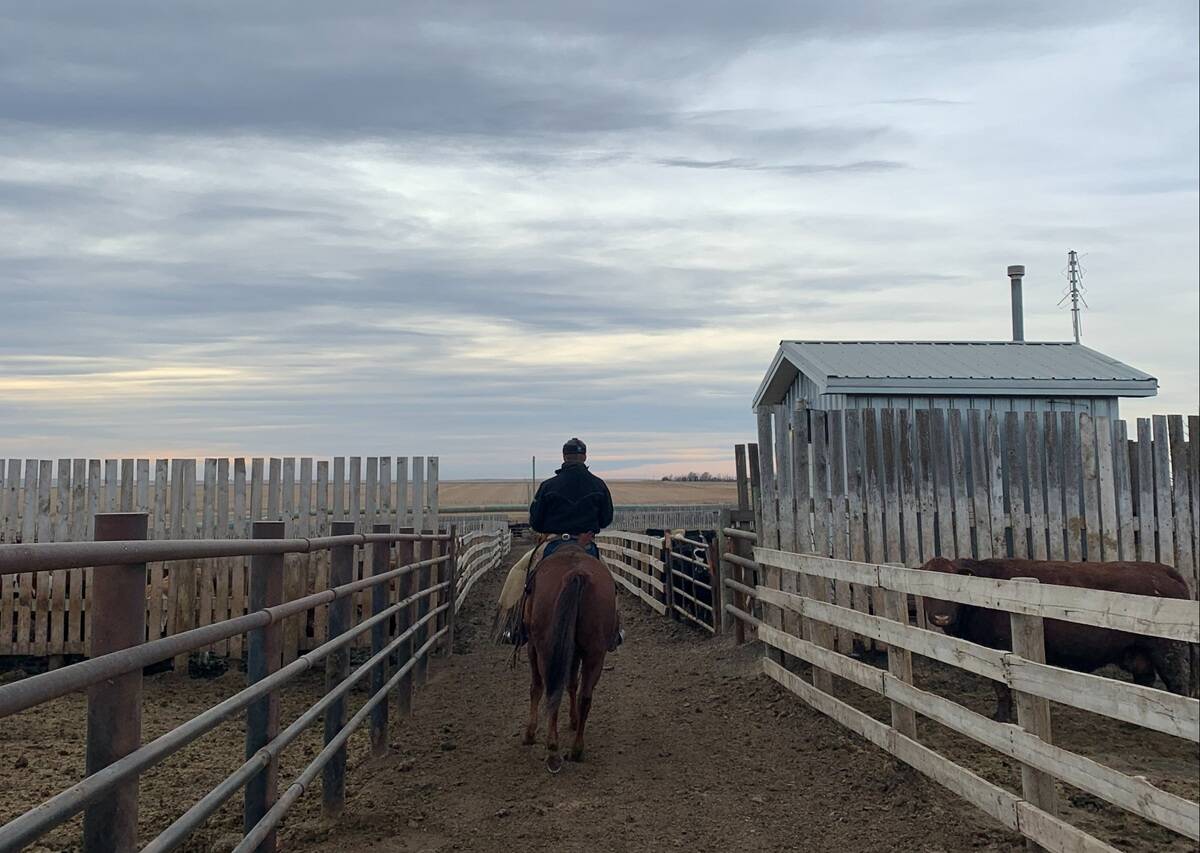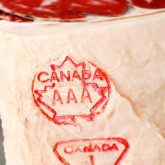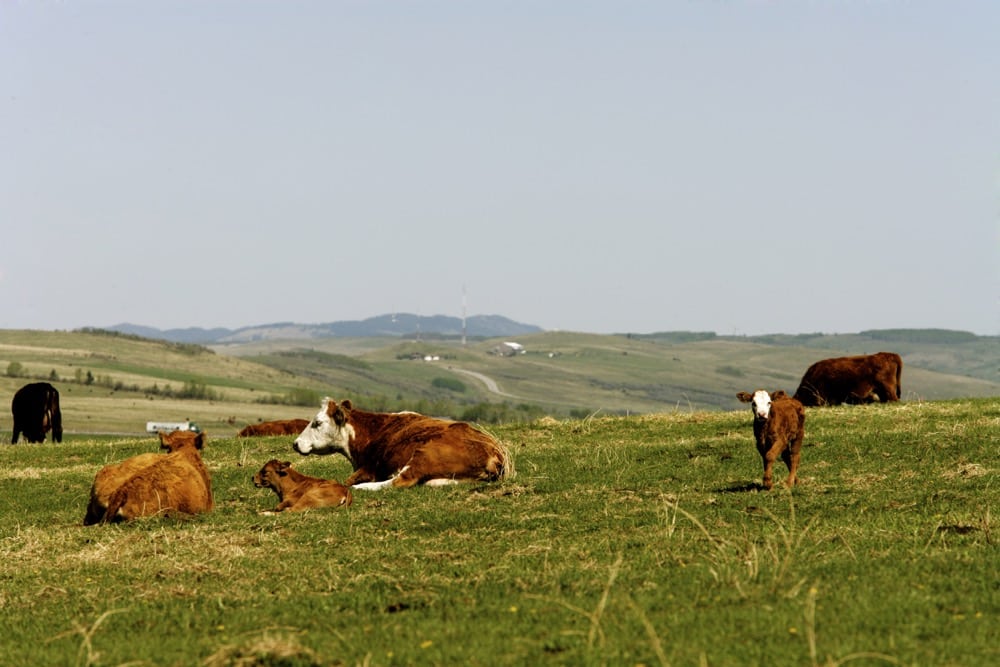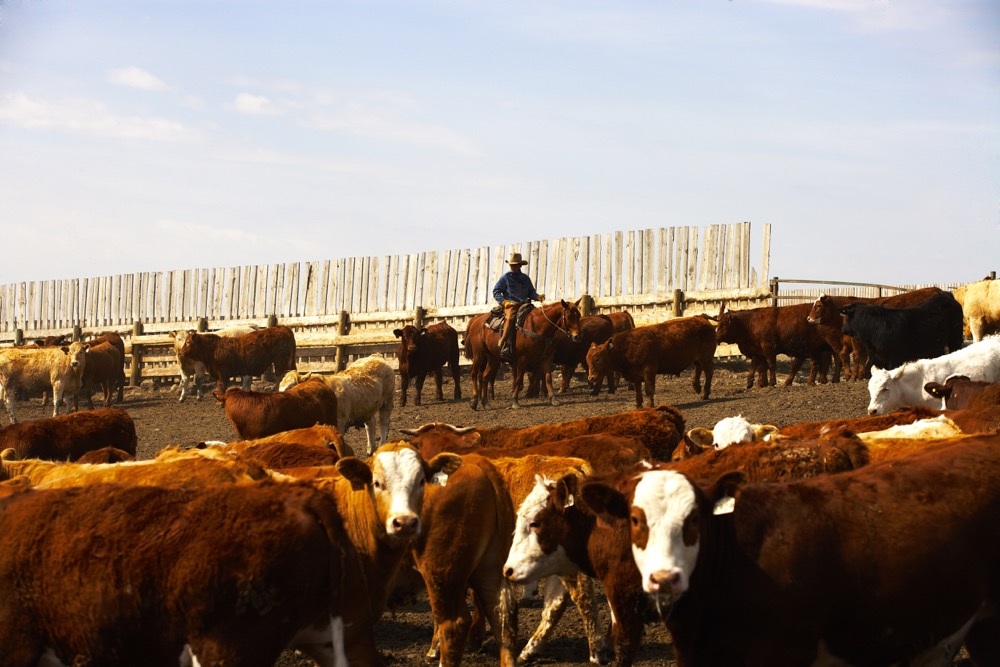While the Alberta beef industry has been competitive relative to the U.S., regulations and costs imposed by all three levels of government could dampen that competitiveness in the future, according to a recent report commissioned by the Alberta Cattle Feeders Association and Alberta Beef Producers.
The study focused on the beef industries in Kansas, Nebraska and Texas, as those three states are relatively similar to each other and Alberta.
Alberta is doing well by most competitive measures, with the exception of feedlot capacity, which has eroded since 2003.
Read Also

Pen riders still better than tech at detecting respiratory disease in feedlot cattle, says researcher
Recent research found that pen riders are better than tech at flagging signs of BRD in feedlot cattle
Feed costs are the most significant costs for the fed cattle industry, notes Janice Tranberg, CEO of the Alberta Cattle Feeders. But the report, conducted by Serecon Inc. and Kevin Grier Consulting, found that labour, utilities, fuel, taxes, insurance and other supplies could take a bite out of the fed cattle industry’s narrow margins.
“Alberta has had a historical advantage due to barley, but with recent weather impacts, will that advantage remain in our favour? Then, after stripping away feed costs, the long-term margins in the industry are near break-even. If pending taxes and regulatory policies are put into place in the next year, they translate into losses and potential downsizing of the whole industry,” Tranberg stated in a media release.
The study also found that Alberta’s cow-calf herd has shrunk relative to the three-state total since 2008. In 2008, Alberta had 23 per cent of the herd relative to the three-state total. But by 2018, Alberta’s herd of 1.5 million head only comprised 19.2 per cent of the three-state total.
The big question for cow-calf producers is why the herd isn’t growing, said Rich Smith, executive director of the Alberta Beef Producers.
“Opportunities for higher returns in other sectors, farmland prices, and the cost of equipment and labour make entering the industry more difficult,” Smith said, adding that both organizations are “working with governments on producers’ behalf to reduce regulatory burden to keep them profitable and the industry not only viable, but growing.”
For more details on the report, contact Janice Tranberg at [email protected] or Rich Smith at [email protected].
















